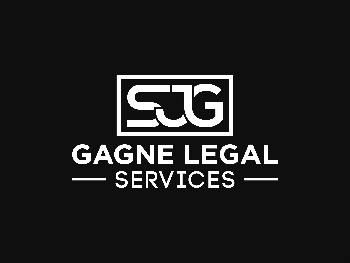[ad_1]
One of the more powerful forms of disk data recovery revolves around one of the technologies you just wouldn’t expect it would be necessary for. The platform in question is RAID servers, whether that be 0, 1, 5 or 10. RAID servers are extensively used in the corporate world for data storage. High end database servers like SQL, Oracle and other communication exchange devices use RAID as their main storage platform. It provides them with quickest possible access to data while providing a redundancy element which makes backing up nearly unnecessary.
RAID Server Failure
Although RAID servers are considered the best for data storage, there is one critical detail which usually gets ignored by most computer administrators. Although RAID servers are the most highly efficient and most technically sound system available today, these servers are still built on conventional technology. Whether it’s RAID 5 or 50, the fundamental weakness of RAID is in its components: hard disk drives. Since hard disk drives are made from mechanical parts, there is always the risk of failure or crash. When RAID servers are built on solid state drives, there are also risks of failure, albeit slightly different causes.
RAID Recovery Strategic Measures
When we talk about strategic measures we also mean long term strategies which also include contingency plans for single disk data recovery. Taking preventive measures and being proactive rather than reactive is always beneficial. Consider these measures to protect your IT assets:
1. Get Well Equipped: Knowing you have all the tools in the event of a catastrophic RAID drive crash is job number one for the wise administrator. Knowing the guts of your machines is key. Understanding everything from the small components like graphics cards to high end database server RAID configurations will help you in case of a panic situation.
2. Get To Know The “Guts”: Knowing what you have is actually different than knowing the issues behind those components. Support forums, manufacturer manuals and tech sites are something every administrator must compile “just in case”. This awareness will help you construct a contingency plan for disaster management and recovery. When maintaining RAID servers, it’s important to know the manufacturer of server as well as RAID controller card. The most prominent benefit of having the knowledge about your high end systems is that in case of RAID disk data recovery, the process will be much simpler, shorter and cheaper.
3. Being Ready For The Worst: Even if you have not come across a data recovery issue, it doesn’t mean that you’re invincible. You should have a list of disk data recovery repair providers on hand, and even consider a “fire drill” of sorts, where you would call a RAID system recovery provider and simulate a catastrophic failure. Better to know the process now than be flailing in the future.
RAID continues to be considered the best data storage device, but it is not infallible. Knowing this will be the difference between a future simple disk data recovery process, and an all-out catastrophic failure.
[ad_2]
Source by Ryan Davis Alexander
